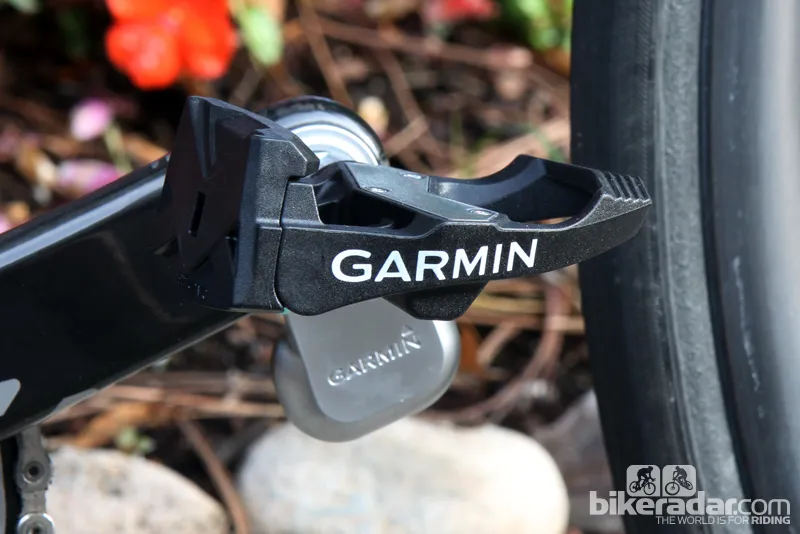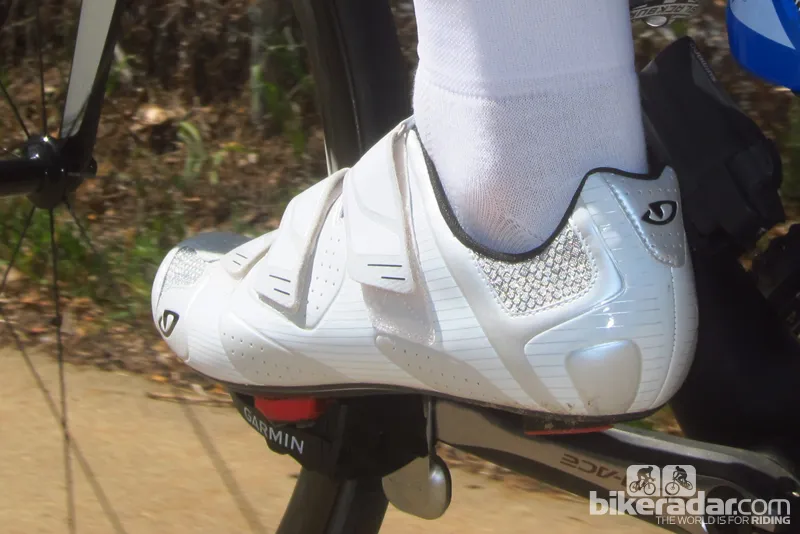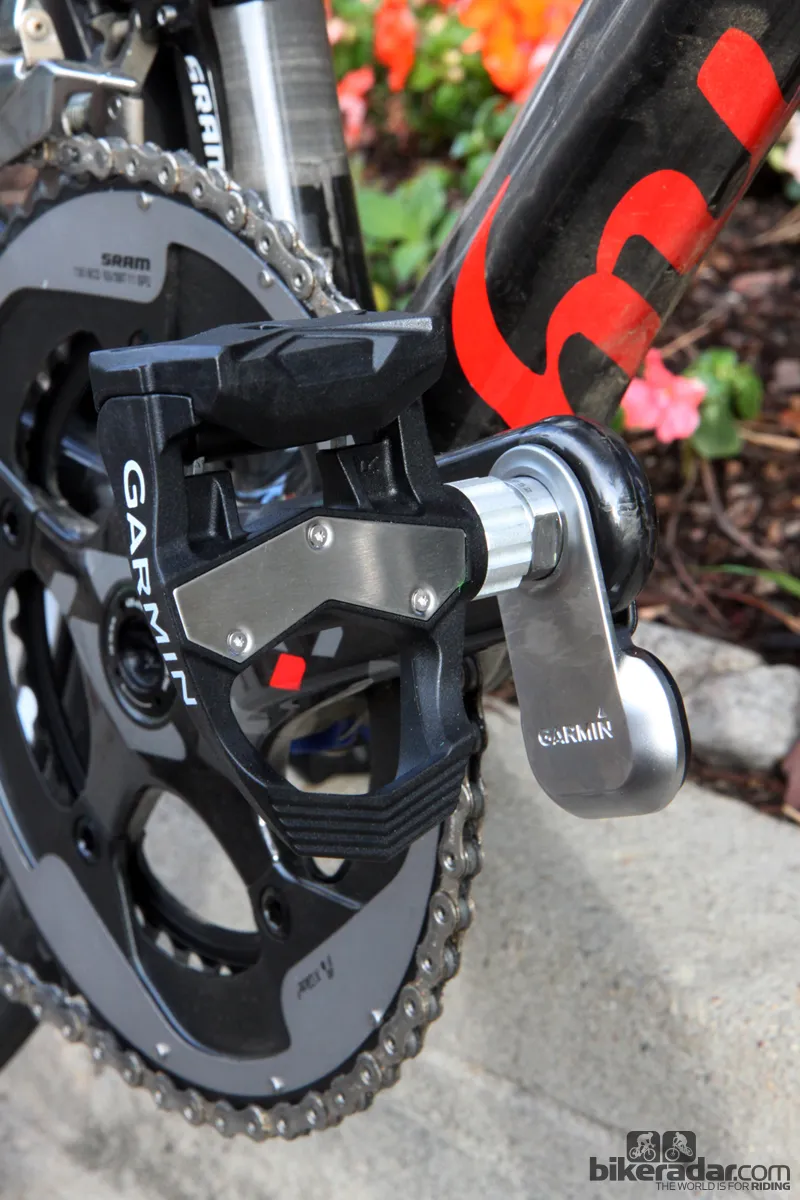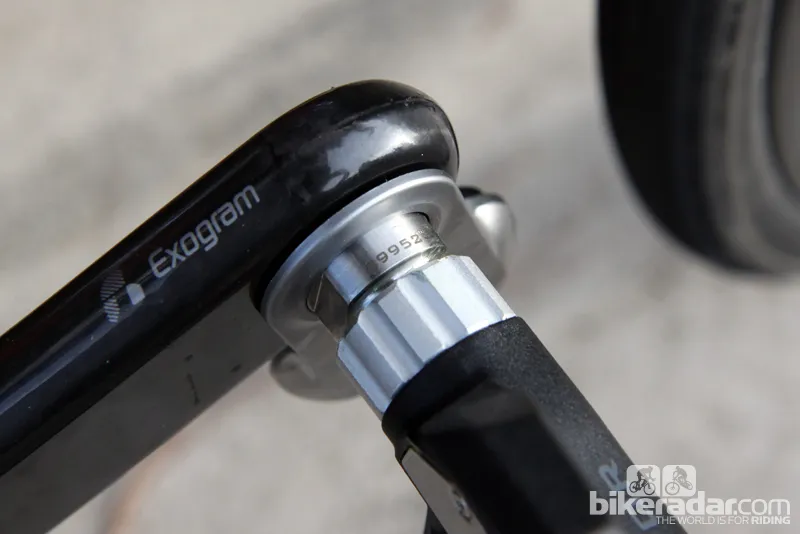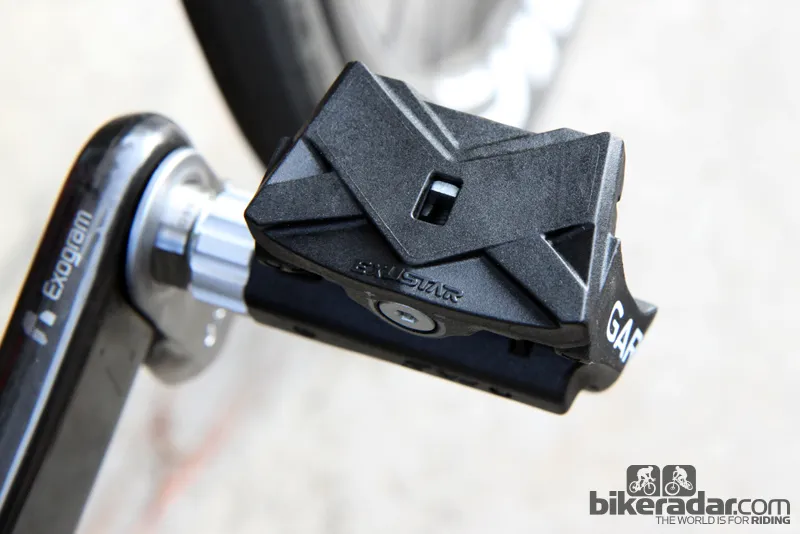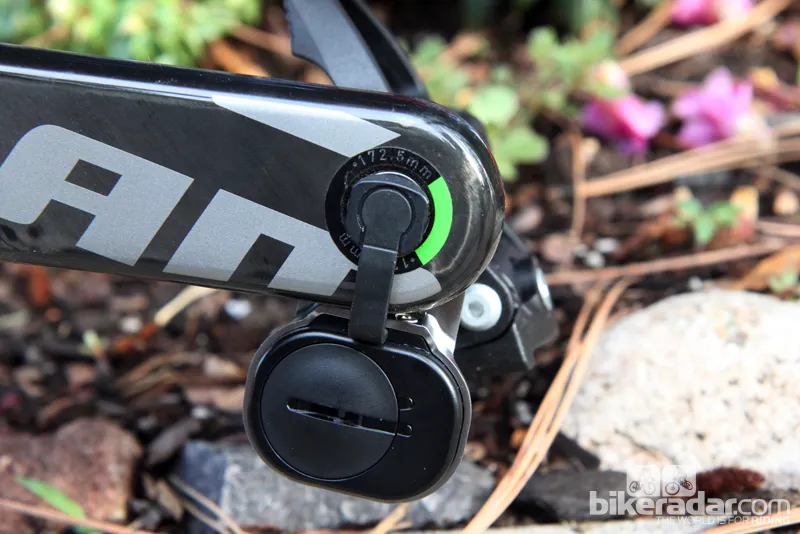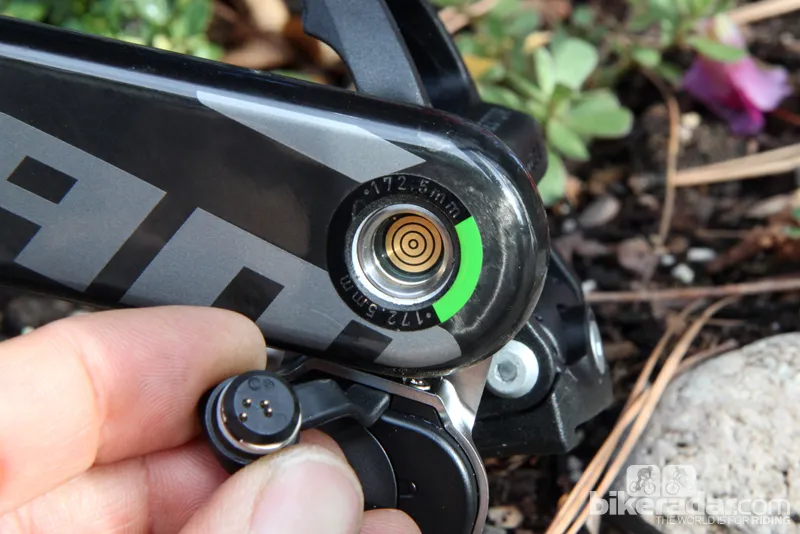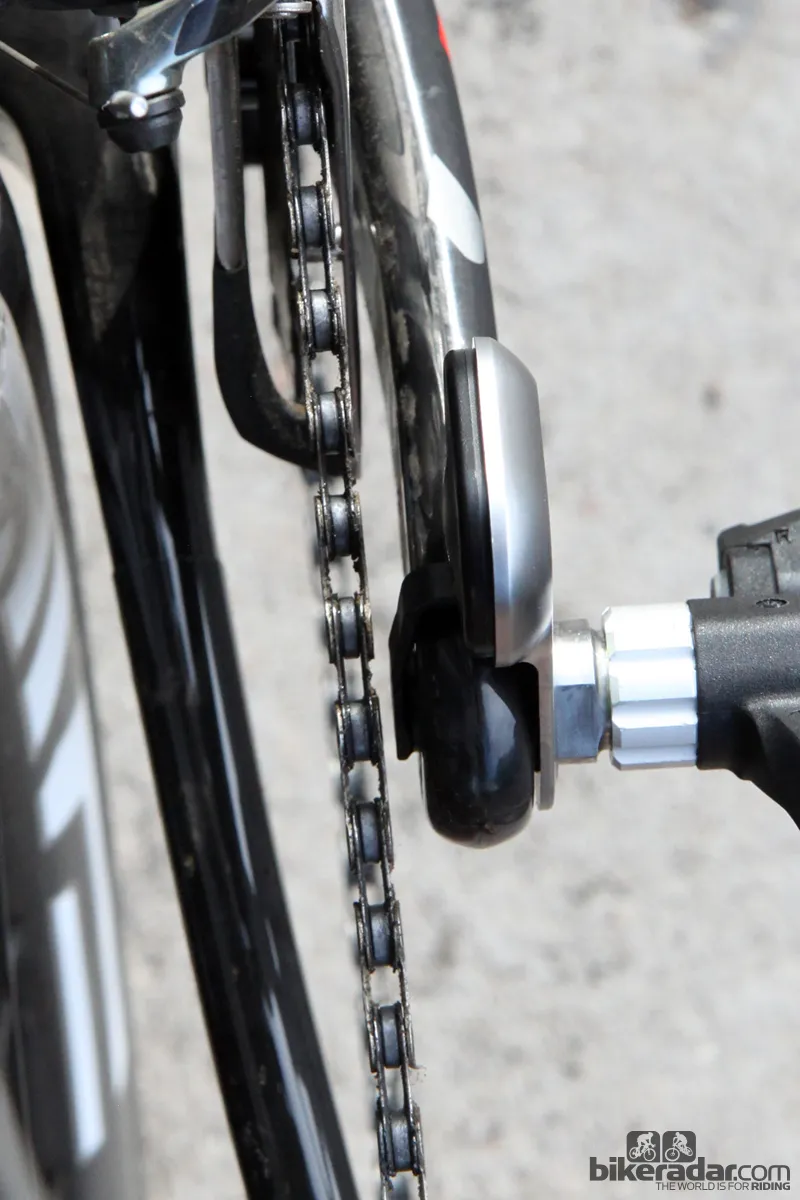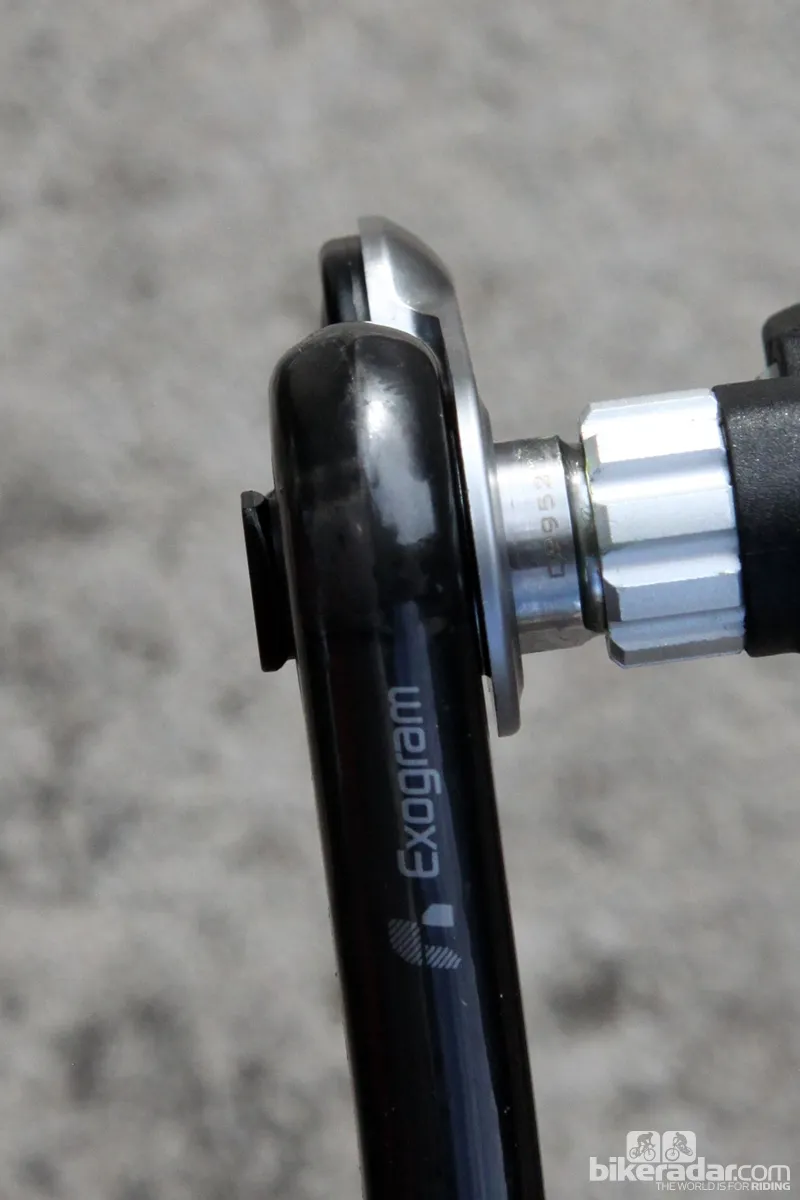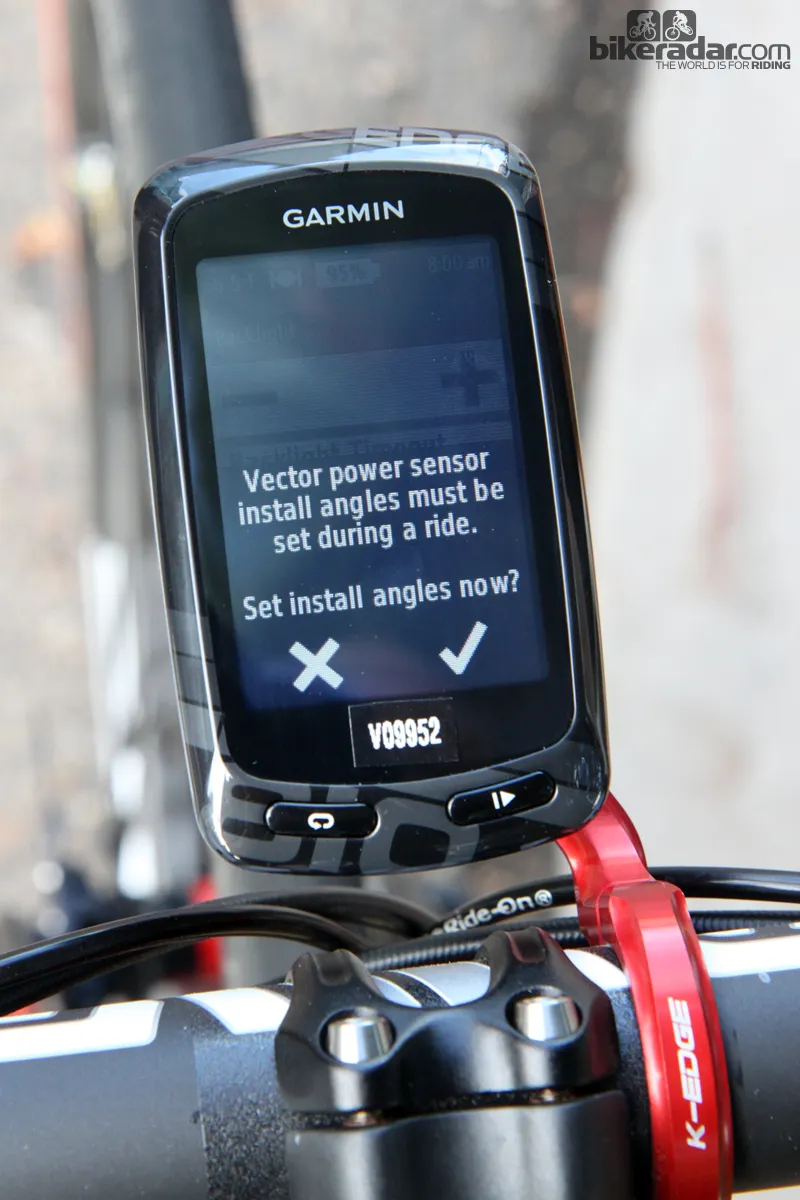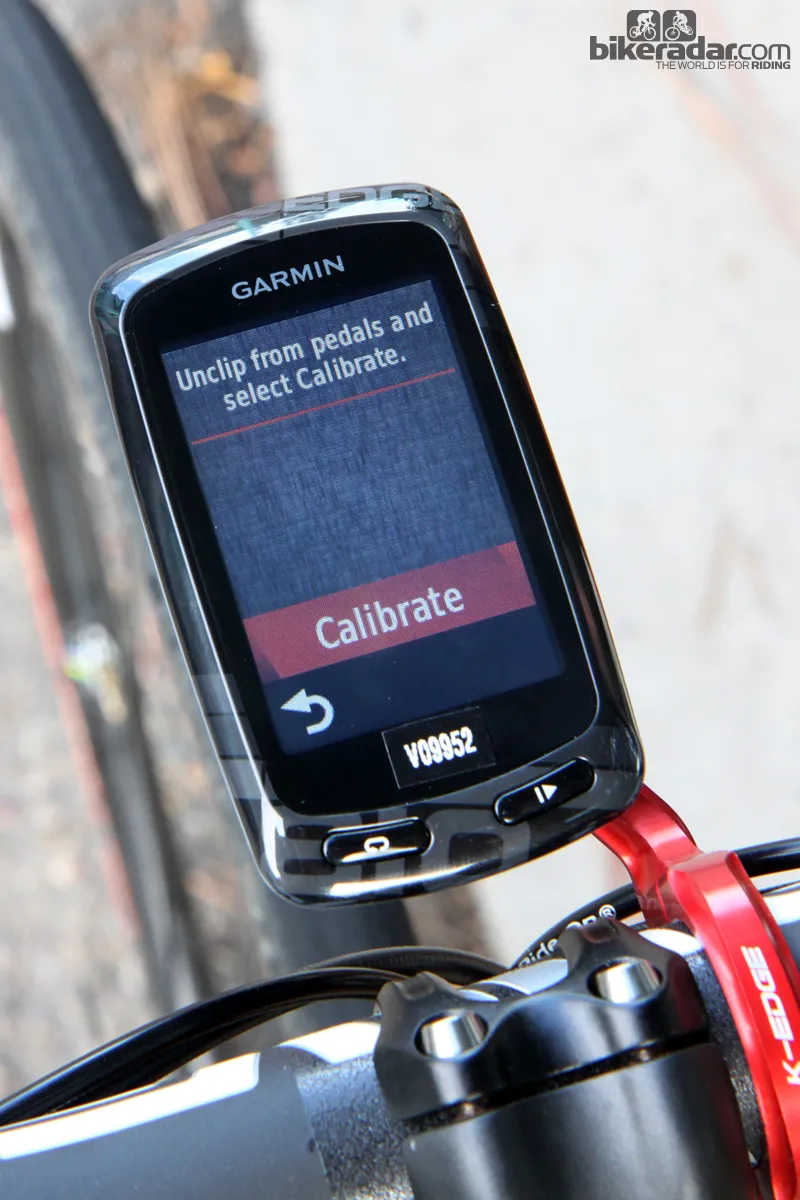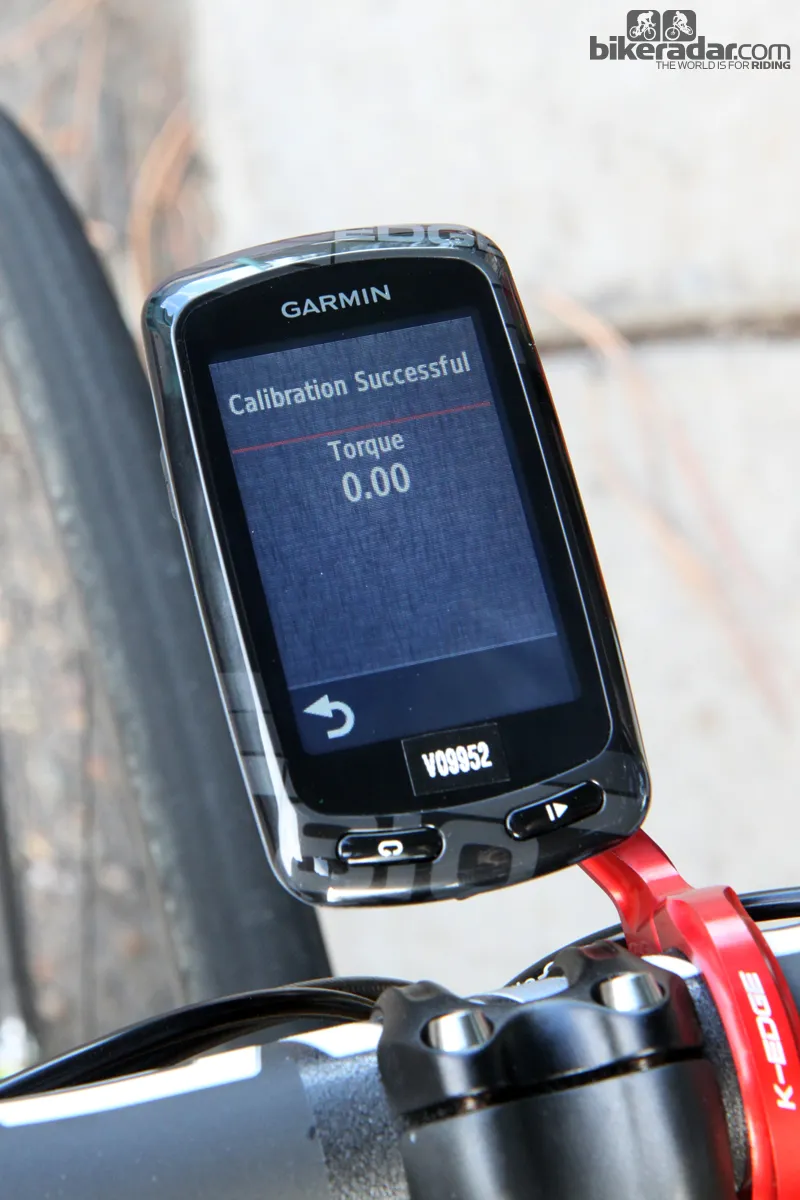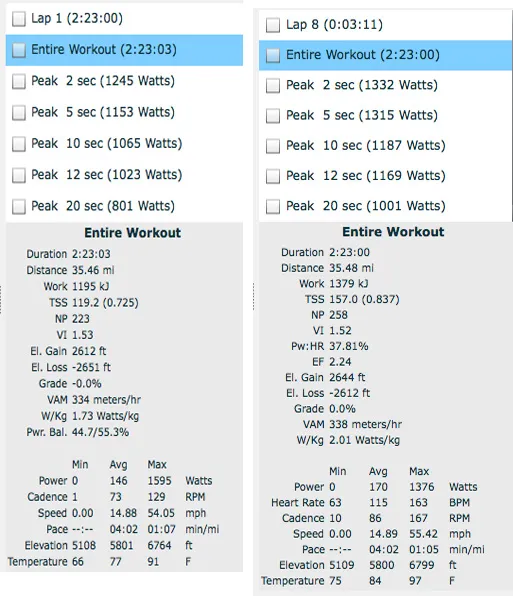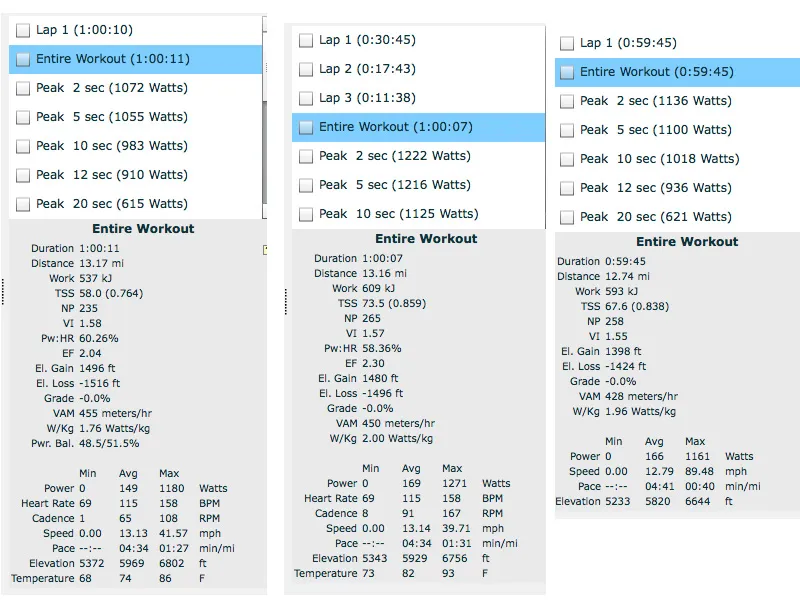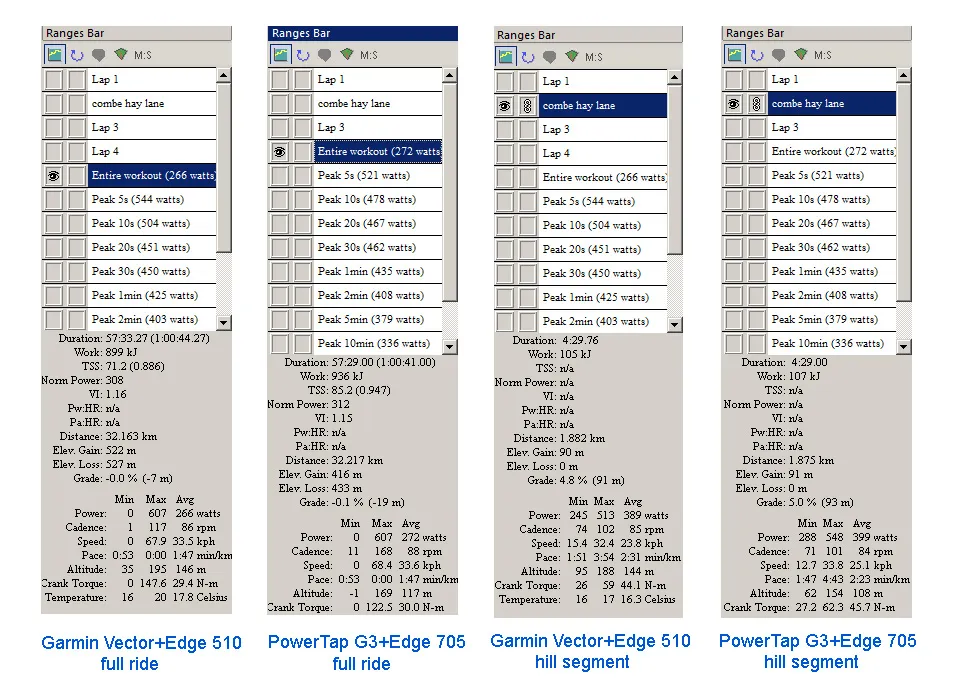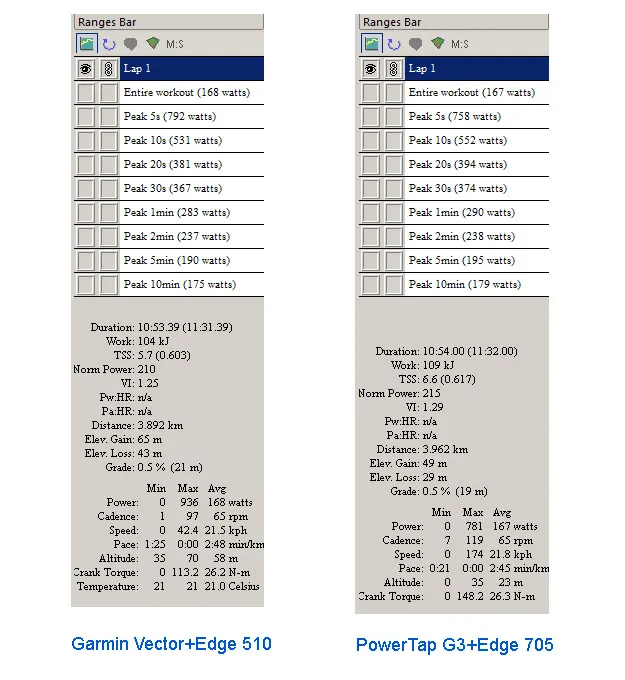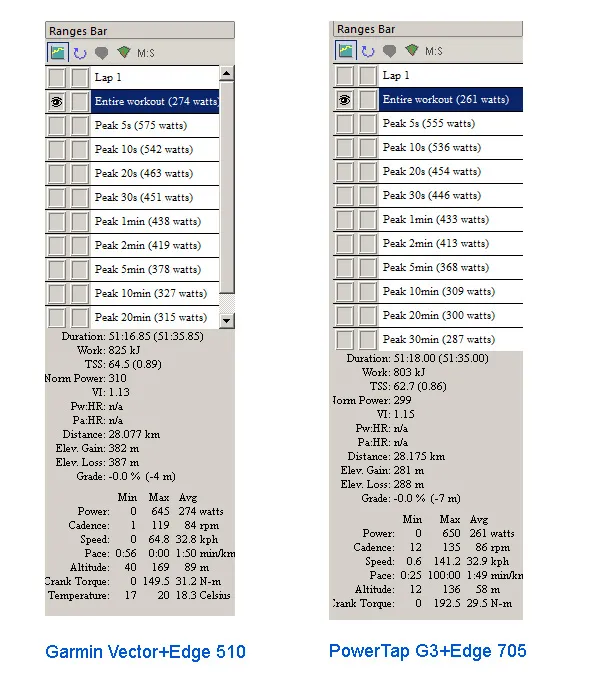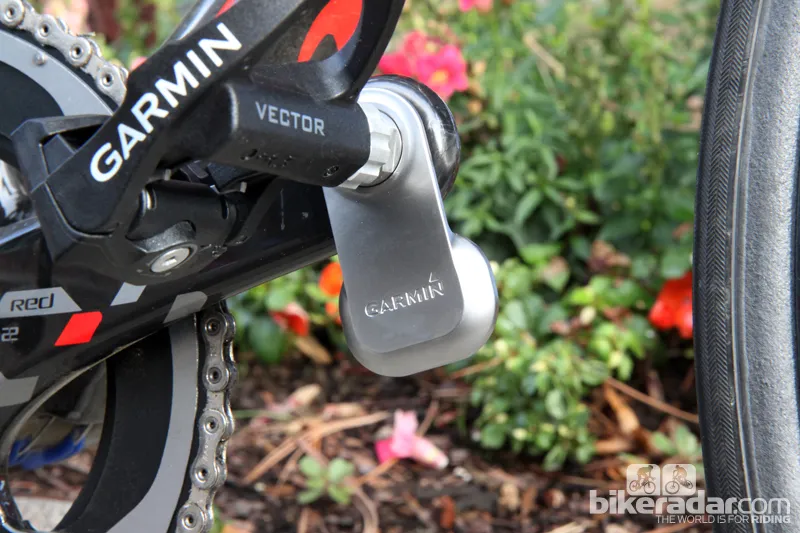The Garmin Vector power meter measures power at the pedals, offering riders the ability to assess left/right leg contribution and easily swap the system between bikes.
After a few months of riding by various BikeRadar testers, we feel the Garmin Vector system is an excellent power meter solution, with only a few caveats.
On the positive side, it measures power quickly and accurately — right on track with SRM numbers — and it delivers a wealth of data to a Garmin Edge or any other ANT+ head unit. Unlike most other power meters on the market today, the Vector doesn’t limit you to a particular crank or wheel. On the negative side, the system is expensive, requires you to use Look Keo-style pedals and cleats, and includes unsightly 'pods' that dangle off the cranks.
After a relatively easy installation (more on that below), you can be up and riding with standard power readouts as well as the somewhat novel left/right balance metric.
True, the highly expensive Look Keo Power pedal system offers this, but only with the Polar head unit because it’s not ANT+ compatible. And the crank-based Rotor POWER offers the left/right metric with an ANT+ signal, but isn’t widely available yet. (Quarq offers a left/right calculation but not direct measurements.)
Perhaps the most interesting thing about the L/R data – which can be viewed in real time or a rolling three-second average – is how it changes over the course of a ride. Many test riders noticed a larger discrepancy (five to 10 percent) when pedaling easy than when riding steady (about one to two percent). In long-term testing, one rider's L/R output changed over the course of a few months by as much as four percent, with some rides favoring the left leg and others the right.
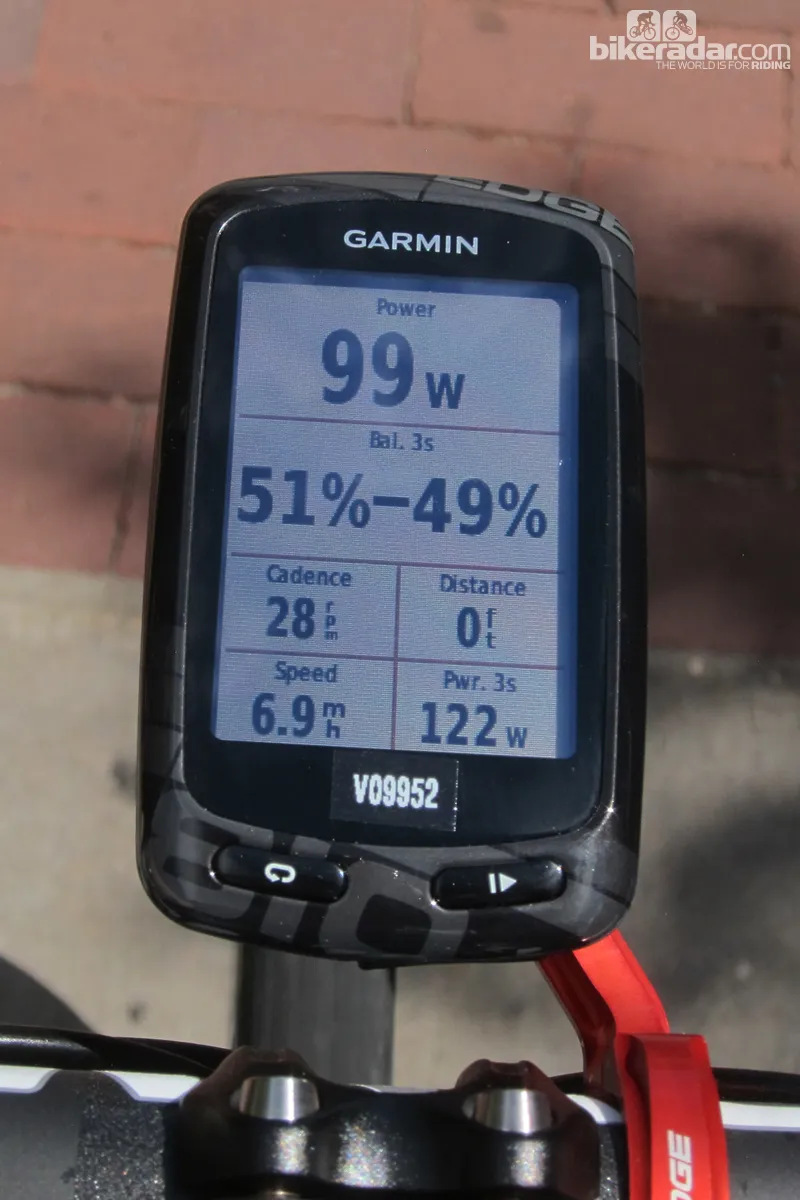
Clark Foy, one of the founders of the MetriGear system that Garmin bought and developed into the Vector, said that their test riders often reported differences in L/R balance.
“We have learned that it’s a dynamic difference,” Foy said. “There is often a different balance at the beginning and end of a ride, or when standing versus sitting, or at low versus high power.”
So, what can be done with this information? Foy admits that Garmin doesn’t yet have a conclusive answer to this, but says a virtual army of physical therapists, coaches, trainers, and academics are eager to dig into the data and investigate.
Accuracy
In months of testing, we put three pairs of Vectors against a crank-based Stages Power meter, three hub-based PowerTaps, a spider-based SRM and a spider-based Quarq. The Vectors tracked almost perfectly with the SRM, with the Stages and PowerTaps reading slightly higher.
Without a lab to diagnose each, we can’t saw which, if any, is 'right'. However, we can say that they all tracked consistently, within a few watts of each other, throughout multiple rides in a few temperature ranges. The Vector was the closest by far to the SRM, however, day in and day out.
Garmin claims +/- two percent accuracy, quite similar to figures for other systems on the market. Like other power meter companies, Garmin stresses that, for most consumers, it’s not the absolute accuracy but the absolute consistency that’s most important for a power meter to function as a useful tool. On this point, the Vector performs accordingly.
On each of the rides shown in the table below, each power meter's data was captured on a Garmin Edge 500 with identical recording settings. Understanding that ANT+ data can vary by a few watts when recording data on the same meter with multiple computers, the Vector's alignment with the SRM here is very encouraging.
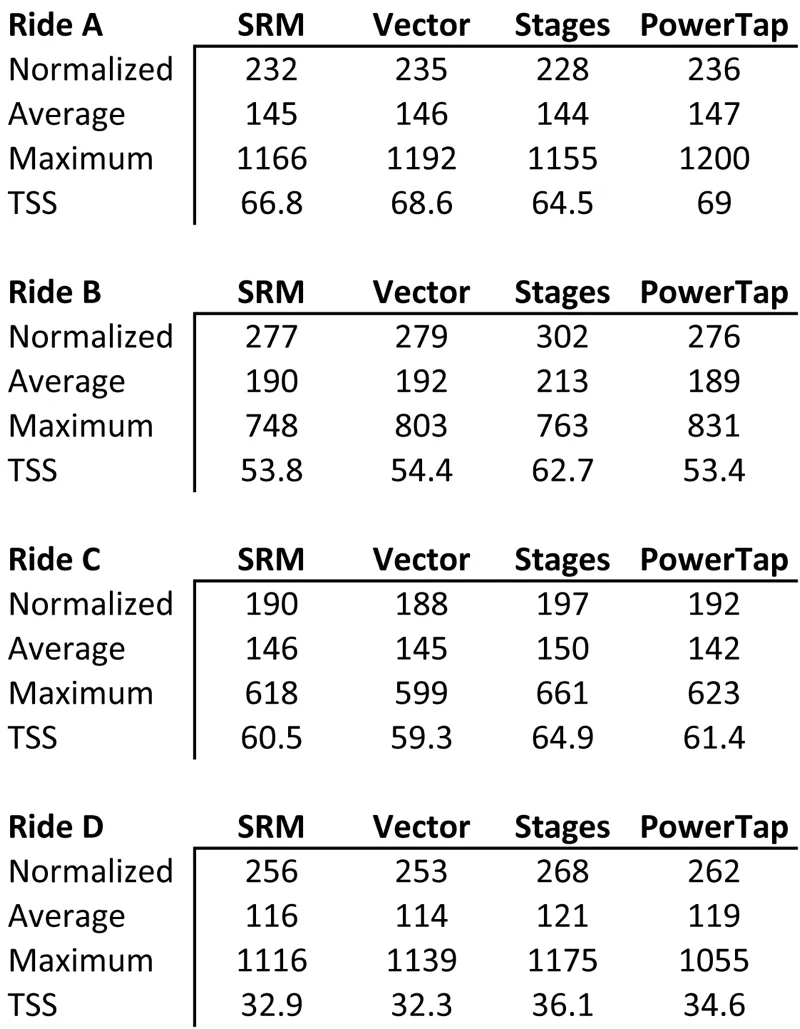
- Related: SRM Shimano 11-Speed power meter long-term review
- Related: Stages Dura-Ace 7900 power meter long-term review
- Related: SRAM Red Quarq power meter review
- Related: Pioneer Pedaling System review
Weight
The entire Vector system weighs just 428g, and most of that is the pedals themselves. Compare the 305g pair of pedals to a 250g pair of Shimano Dura-Ace pedals or, better yet, to the 344g Look/Polar Keo Power pedals. The Vector pods weigh 46g per pair, and the standard cleats and hardware total 77g. So, basically, you’re just adding 23g to each pedal. Yes, this is rotating weight, but it’s quite a minor addition.
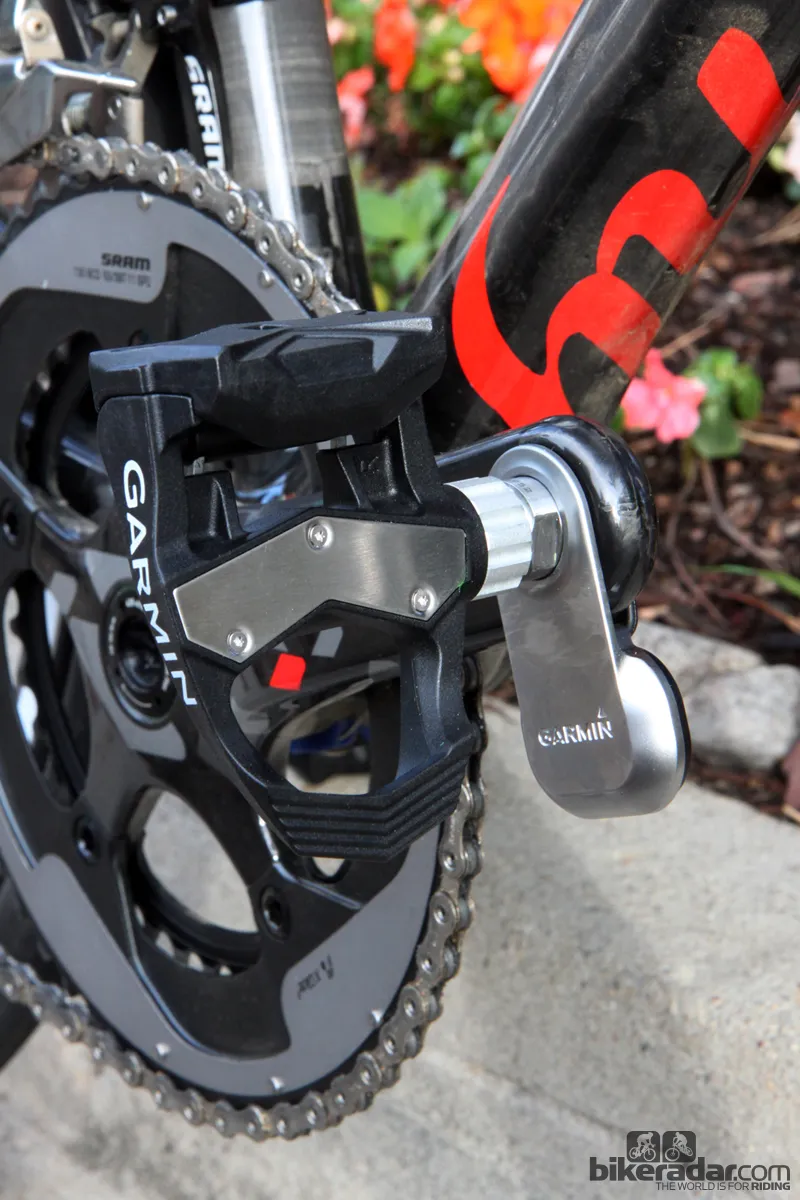
Battery life and longevity
Garmin claims 175 hours of operation on each battery, and that the right unit tends to drain faster. We will track our results and report back. If you use the Vector system in conjunction with a Garmin Edge computer, you’ll get a warning message when battery life drops to 20 percent.
Battery installation is simple. The pod unlocks with a screwdriver.
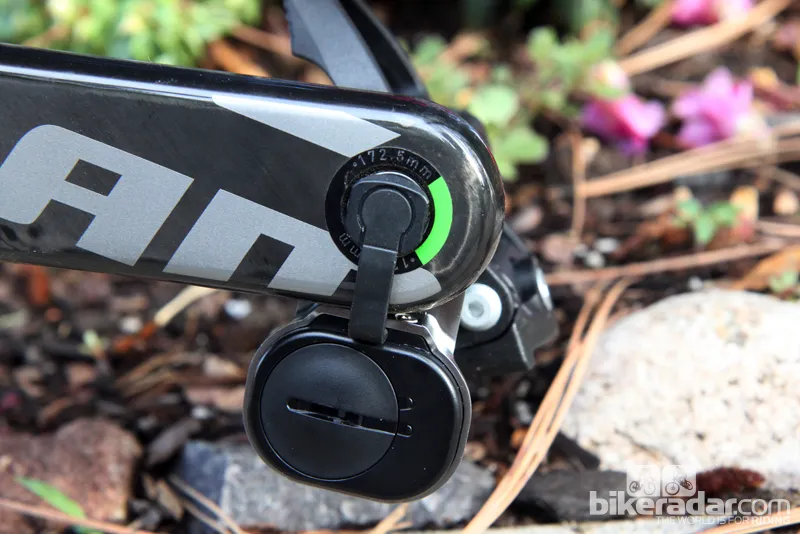
What about those pods dangling off the crank?
Our initial impression of the Garmin Vector system was: “A pedal-based system? Great. But do you have to have those things hanging off the crank arms? Won’t they break off?” However, the pods can't come into contact with the ground; the pedal will strike first. You probably could clip it on a curb with some effort but it seems unlikely. We experienced some slight rub when wearing bulky winter booties, but otherwise there is no pedaling interference. The pods come within 1 to 3cm of the inside of your shoe, depending on the size of your foot and cleat placement.
Should you damage a pod — as we accidentally did once during a change-over — they are replaceable for US$69 (UK pricing to come).
The pods house a battery and an accelerometer, which explains some of their girth. After a few months of riding them, we are accustomed to the look, but still wish the pods could be minimized if not eliminated altogether.
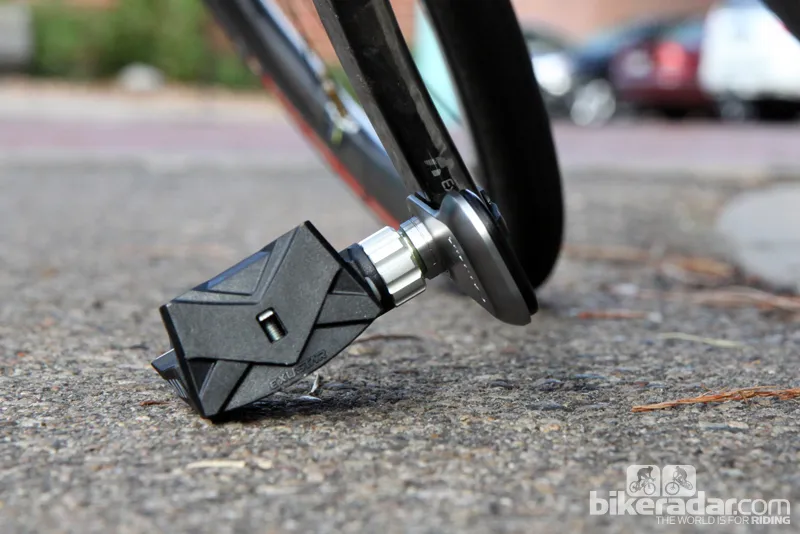
Installation, calibration and compatibility
Installing the Garmin Vector is little more complicated than setting up a standard set of road pedals. In essence, it’s just a matter of screwing them in and tightening them down to a torque value of 34-40Nm. That said, there are a few key differences.
One is the addition of the pedal pods, which house the battery and ANT+ transmitter hardware. They should be oriented so that each one is hanging straight down when the corresponding pedal is in the forward position. You must also ensure that there’s a slight gap between the outer face of the crank arm and the pedal pod’s backing plate. Included spacers are added as needed, depending on how recessed the pedal sockets are on the crank arms.
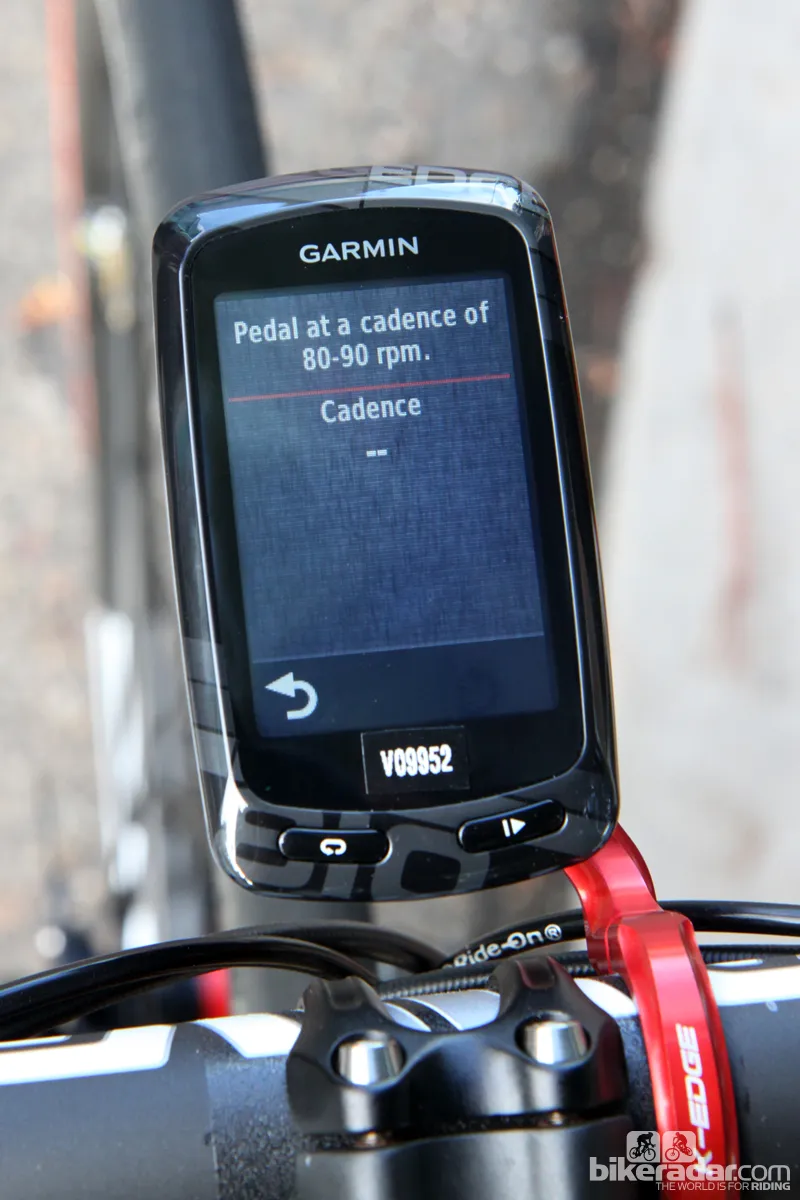
The Vector system should be compatible with most cranksets but Garmin admits that clearance can be an issue – particularly on crank arms that fall outside of the maximum allowable 38mm width and 15mm thickness (Specialized’s FACT carbon arms or some aero-profile cranksets, such as the Rotor Flow, for example). Garmin will eventually offer different pods for dimensional outliers that will be available aftermarket for about US$69 per pair (UK pricing TBA).
Initial setup and calibration are similarly simple after the hardware has been installed, particularly if you’re using Garmin’s Edge 500, 510, 800 or 810 with the latest firmware.
Once the meter is detected, the unit will prompt you through each setup step with clear, easy-to-follow instructions. Crank length, however, must be entered manually. The default setting is 172.5mm.
Garmin contends that the Vector won’t have to be recalibrated unless the pedals are reinstalled, and there’s automatic temperature compensation built into the system to maintain accurate readings with varying weather conditions. You will still want to periodically zero out the meter, but even that’s a straightforward process. On the Garmin Edge 810, for example, it takes four taps from any given screen.
All parts subject to wear will be available for purchase separately, including the stainless steel plates on top of the pedal bodies, the bearing cartridge, and the pedal bodies themselves. A complete rebuild kit – which includes everything but the spindle and power measuring hardware embedded inside – will retail for US$199 (again, UK prices TBA).
Verdict
Yes, it seemed to take Garmin forever to deliver the pedal-based power meter it began talking about years ago. But we feel it’s better to wait and develop a solid product than push a half-baked idea into the market.
The Garmin Vector works well. For an accelerometer-based system, power data shows up quickly (about three revolutions) and the signal was never dropped. The L/R function is cool at first go, and promising down the road. (What if you could identify an imbalance, improve it through exercises, then measure the resulting power improvement?) And, coming from a company that manufacturers ubiquitous cycling computers, the Vector has a huge advantage over the competition.
The price is a bit disappointing. Garmin argues that you’re getting ‘two power meters for one’, but the fact is that the price puts it well above PowerTap and Stages, and on par with Quarq.
But after months of testing, especially with the data lining up almost in mirror image with that of an SRM, we are convinced that the power measurement is solid.
James Huang, Jeff Jones and David Rome contributed to this review.
